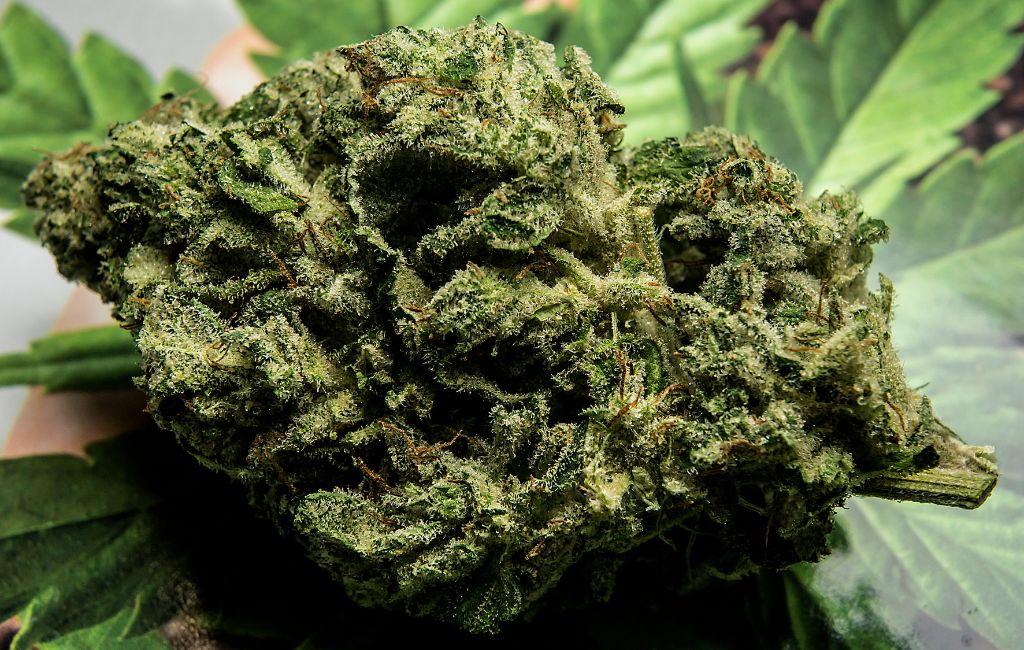Weed seed banks are reservoirs of viable seeds present in the soil, which can germinate and grow into weeds under favorable conditions. Managing these seed banks is a critical aspect of sustainable agriculture, as it directly impacts crop yield and farm productivity. This article explores various strategies for effective weed seed bank management, supported by examples, case studies, and statistics.
Understanding Weed Seed Banks
Weed seed banks consist of seeds that have been deposited in the soil over time. These seeds can remain dormant for years, waiting for the right conditions to germinate. The longevity and viability of these seeds depend on several factors, including seed type, soil conditions, and environmental factors.
Factors Influencing Weed Seed Banks
- Seed Longevity: Some weed seeds can remain viable for decades, making them challenging to control.
- Soil Disturbance: Tillage and other soil disturbances can bring buried seeds to the surface, promoting germination.
- Environmental Conditions: Temperature, moisture, and light influence seed germination and dormancy.
Strategies for Managing Weed Seed Banks
Effective management of weed seed banks requires a combination of cultural, mechanical, and chemical strategies. These methods aim to reduce the number of viable seeds in the soil and prevent new seeds from entering the seed bank.
Cultural Practices
Cultural practices involve modifying farming techniques to suppress weed growth and reduce seed bank inputs. These practices include:
- Crop Rotation: Rotating crops disrupts weed life cycles and reduces seed production.
- Cover Crops: Planting cover crops can suppress weed growth by outcompeting them for resources.
- Mulching: Applying mulch can prevent weed seed germination by blocking light and maintaining soil moisture.
Mechanical Control
Mechanical control involves physical methods to remove or destroy weed seeds. Common techniques include:
- Tillage: While tillage can bring seeds to the surface, it can also bury them deeper, reducing germination.
- Hand Weeding: Manual removal of weeds before they set seed can significantly reduce seed bank inputs.
- Mowing: Regular mowing prevents weeds from flowering and producing seeds.
Chemical Control
Chemical control involves the use of herbicides to manage weed populations. While effective, it should be used judiciously to prevent resistance development. Key considerations include:
- Pre-emergent Herbicides: These are applied before weed seeds germinate, preventing their growth.
- Post-emergent Herbicides: Applied after weeds have emerged, targeting specific weed species.
- Integrated Pest Management (IPM): Combining chemical control with other methods for sustainable weed management.
Case Studies and Examples
Several case studies highlight the effectiveness of integrated weed seed bank management strategies. For instance, a study conducted in the Midwest United States demonstrated that combining crop rotation with cover cropping reduced weed seed banks by up to 70% over five years. Another example from Australia showed that using pre-emergent herbicides in conjunction with reduced tillage practices decreased weed seed bank density by 50% in three years.
Challenges and Considerations
Managing weed seed banks presents several challenges. These include the development of herbicide-resistant weed species, the high cost of implementing integrated management strategies, and the need for continuous monitoring and adaptation. Farmers must balance short-term control measures with long-term sustainability goals.
Herbicide Resistance
The over-reliance on chemical control has led to the emergence of herbicide-resistant weed species. This resistance complicates management efforts and necessitates the adoption of diverse strategies to maintain control.
Economic Considerations
Implementing comprehensive weed seed bank management strategies can be costly. Farmers must weigh the benefits of reduced weed pressure against the expenses associated with cultural, mechanical, and chemical controls.
Conclusion
Effective weed seed bank management is a multifaceted approach that requires a combination of cultural, mechanical, and chemical strategies. By understanding the factors influencing weed seed banks and implementing integrated management practices, farmers can significantly reduce weed pressure and enhance crop productivity. The success of these strategies is evident in various case studies, which demonstrate substantial reductions in weed seed banks through thoughtful management. As challenges such as herbicide resistance and economic constraints persist, continuous adaptation and innovation in weed management practices remain imperative for sustainable agriculture.


